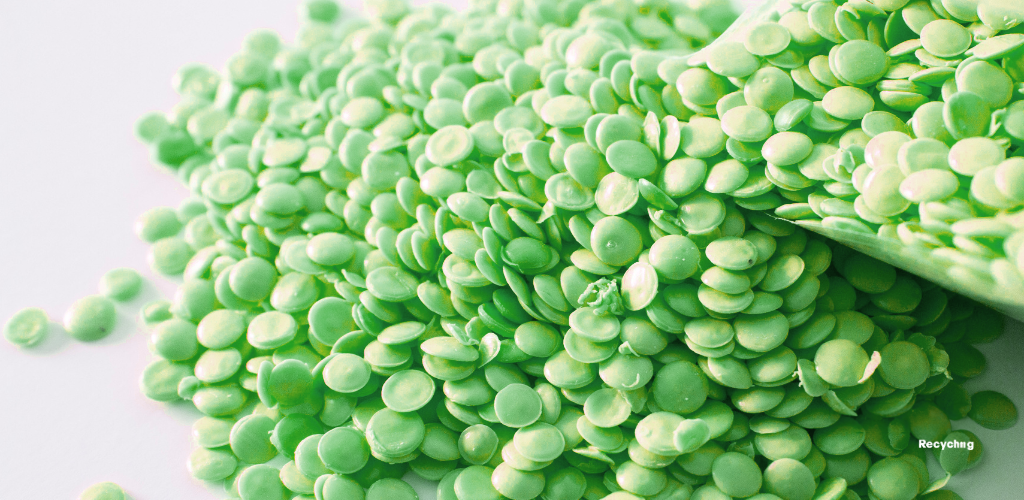Within the plastic injection industry, materials engineering plays a crucial role in adapting products to specific performance, durability, and aesthetic requirements. The strategic integration of additives into polymers not only optimizes these properties but also addresses emerging challenges in sustainability and environmental regulations.

1. Ultraviolet Stabilizers: Safeguarding Structural Integrity
Ultraviolet stabilizers, such as benzotriazole derivatives and HALS, are fundamental in preventing the photolytic degradation of plastic products exposed to solar radiation. Their selection depends on the specificity of the application; for example, benzotriazoles are preferred in packaging for light-sensitive products due to their ability to absorb UV radiation and convert it into non-damaging heat. On the other hand, for applications requiring greater outdoor durability, such as in the automotive industry or urban furniture, HALS are ideal due to their efficiency in preventing photo-induced oxidation, thus maintaining the mechanical integrity of the components.
2. Pigmentation and Coloring: Beyond Aesthetics
The choice of colorants in plastic injection goes beyond visual appearance to focus on chemical stability and resistance to adverse environmental factors. Inorganic pigments, such as iron oxides, are chosen for structural applications due to their robustness against harsh weather and mechanical conditions. In contrast, organic pigments are preferred in consumer products like toys and packaging for their vibrant hues and toxicological safety. It is important to note that, although the direct impact of pigments on mechanical properties is limited, their interaction with the polymer matrix and other additives can subtly influence the stiffness or flexibility of the final product.

Antioxidants: Preserving Quality Against Oxidative Degradation
Antioxidants, especially phenolic ones like BHT, are essential for prolonging the lifespan of plastics in critical applications such as food packaging, where preventing oxidation is vital for product preservation. Phosphites excel in electrical and electronic components subjected to high temperatures, offering protection against thermal degradation while maintaining electrical and mechanical integrity.

4. Innovations in Antimicrobial Additives and Flame Retardants
The use of antimicrobial additives meets the growing demand for products with enhanced hygienic properties. Applied in medical devices and everyday products, these additives inhibit the proliferation of microorganisms, contributing to a safer environment. Simultaneously, the move towards halogen-free flame retardants reflects the industry’s commitment to more ecological solutions that comply with high safety standards against fire without compromising environmental performance.

Advances in Foaming Additives and Plasticizers
Developments in foaming additive technology enable the production of lighter, more energy-efficient plastic components, particularly relevant in the automotive industry for weight reduction and improved fuel efficiency. The selection of these additives must balance performance needs with environmental considerations, given the potential generation of gases during their decomposition.
On the other hand, plasticizers play an indispensable role in enhancing the flexibility and processability of rigid polymers like PVC. The current trend is moving towards safer and more sustainable alternatives due to health and environmental concerns. Innovation in non-toxic and biodegradable plasticizers is becoming an area of increasing interest, paving the way for more environmentally friendly and safe materials for sensitive applications.

For more technical information and specialized advice on selecting additives for your plastic injection applications, we invite industry professionals to contact us. Our team of experts is ready to assist you in navigating the complexities of polymer chemistry and finding the optimal solutions for your specific needs.



